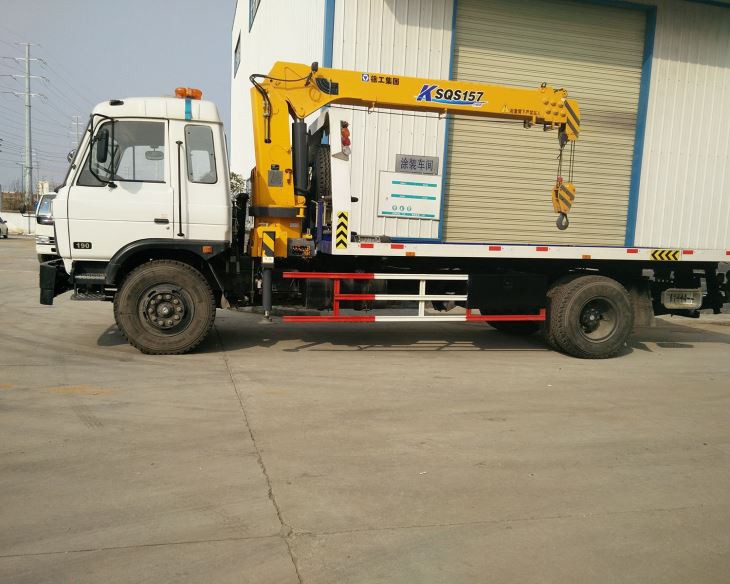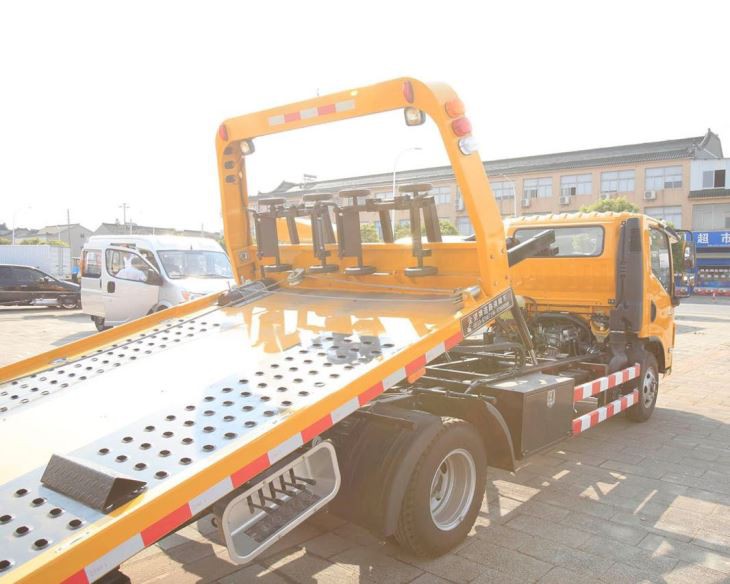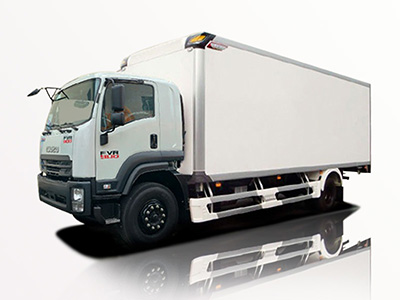Garbage trucks are a pivotal part of waste management systems in cities. A particularly important component of these vehicles is the tailgate, which performs several essential functions. This article provides an insightful overview of garbage truck tailgates, their features, types, benefits, and maintenance tips. Whether you are a waste management professional or just curious about how garbage trucks operate, this comprehensive guide will equip you with all the necessary information.
What is a Garbage Truck Tailgate?
The tailgate of a garbage truck is the rear door that closes off the truck’s collection compartment. It serves both functional and safety purposes, ensuring that collected waste is securely contained during transit. This vital component is often equipped with hydraulic systems to facilitate opening and closing, especially when unloading garbage.
Functions of a Garbage Truck Tailgate
1. Securing Waste During Transit
The primary function of a tailgate is to prevent waste from spilling out while the truck is moving. This is crucial for maintaining hygiene and preventing littering on streets.
2. Ease of Loading and Unloading
Garbage truck tailgates are designed for easy operation. Many feature hydraulic lifts or mechanisms that allow for quick opening and closing, which enhances the efficiency of waste collection operations.
3. Preventing Odors and Pests
By sealing the rear compartment, the tailgate helps to minimize the escape of unpleasant odors and restricts access to pests, ensuring a cleaner environment for the community.
Types of Garbage Truck Tailgates
1. Standard Tailgates
Standard tailgates are typically made of durable materials like steel or composite and are designed for conventional garbage collection operations. They may include a single door or a dual door design.
2. Compaction Tailgates
Some garbage trucks feature compaction tailgates that enhance the waste compacting process. These tailgates help compress the waste within the truck, allowing for maximized capacity.
3. Roll-Off Tailgates
Roll-off tailgates are used in roll-off trucks, which are primarily for construction debris or large waste volumes. These tailgates can be easily detached and reattached, offering flexibility for diverse tasks.
Materials Used in Garbage Truck Tailgates
1. Steel
Steel is one of the most common materials used in garbage truck tailgates due to its strength and durability. However, it may be prone to rust if not maintained properly.
2. Aluminum
Aluminum tailgates are lighter than steel alternatives, improving fuel efficiency. They often feature protective coatings to prevent corrosion and damage.
3. Composite Materials
Composite tailgates are becoming increasingly popular due to their lightweight nature and resistance to corrosion. These materials can help reduce overall vehicle weight without sacrificing strength.
Garbage Truck Tailgate Maintenance Tips
1. Regular Inspections
Regular inspections of the tailgate for signs of wear and tear or damage will ensure that any issues are identified early and resolved. Check for leaks in hydraulic systems and ensure seals are intact.
2. Lubrication of Moving Parts
Tailgates often consist of moving parts, such as hinges and latches. Periodic lubrication keeps these components functioning smoothly and extends their lifespan.
3. Cleaning the Tailgate
Keeping the tailgate clean is essential for hygiene and to prevent accumulation of waste residues that can lead to odors or rust. Use a pressure washer and eco-friendly detergents for effective cleaning.
Practical Examples of Garbage Truck Tailgates in Action
Case Study 1: Urban Residential Areas
In metropolitan cities, garbage trucks equipped with compaction tailgates efficiently collect large amounts of trash in a single trip due to their design, allowing for quicker turnaround times while ensuring streets remain clean.
Case Study 2: Construction Sites
Roll-off garbage trucks with detachable tailgates excel in handling construction waste. The adaptability of these tailgates facilitates easy loading and unloading of bulky materials.
Innovations in Tailgate Design
1. Smart Sensors
Modern garbage trucks can now be equipped with smart sensors that monitor tailgate status and alert drivers to any issues, improving safety and operational efficiency.
2. Eco-Friendly Designs
With a push for more sustainable practices, some manufacturers are exploring environmentally friendly materials for tailgates that provide the same functionality while reducing environmental impact.
Cost Factors for Garbage Truck Tailgates
| Type of Tailgate | Average Cost | Durability |
|---|---|---|
| Standard Tailgate | $2,000 – $5,000 | Medium |
| Compaction Tailgate | $4,000 – $8,000 | High |
| Roll-Off Tailgate | $3,500 – $7,000 | High |
Frequently Asked Questions (FAQs)
1. What is the purpose of a garbage truck tailgate?
The garbage truck tailgate secures waste during transport, facilitates efficient loading and unloading, and helps minimize odors and pest access.
2. How often should a garbage truck tailgate be maintained?
Regular maintenance should occur monthly, but inspections should be done before every route to ensure proper functioning.
3. Can I replace a garbage truck tailgate myself?
While some minor repairs can be done by yourself, it is advisable to hire a professional for replacements to ensure safety and proper installation.
4. What materials are garbage truck tailgates made from?
Garbage truck tailgates can be made from steel, aluminum, or composite materials, each with its own advantages in terms of weight, durability, and maintenance.
5. Are there eco-friendly options for garbage truck tailgates?
Yes, there are advancements in eco-friendly materials and designs geared towards reducing environmental impact while maintaining functionality.
6. How much does a garbage truck tailgate cost?
The cost of a garbage truck tailgate varies by type but can range from $2,000 to $8,000 depending on features and materials used.






